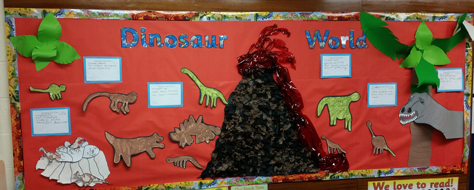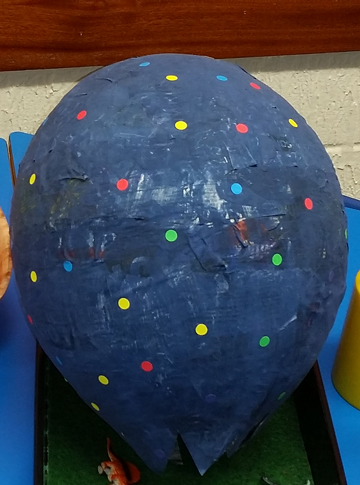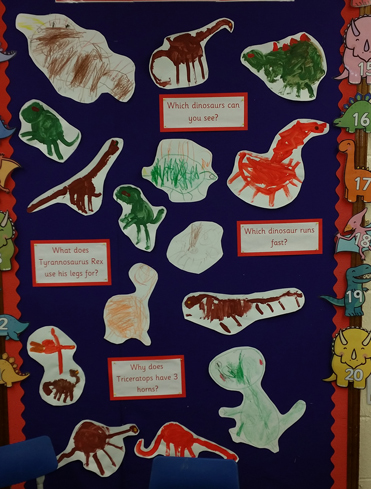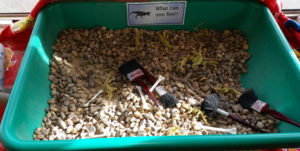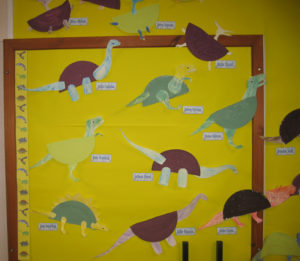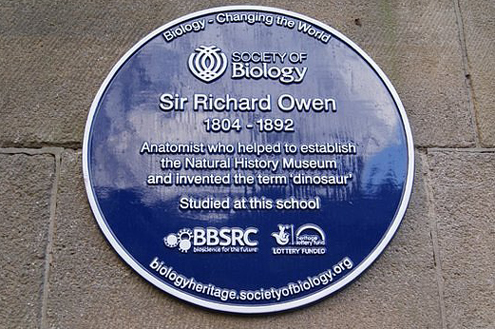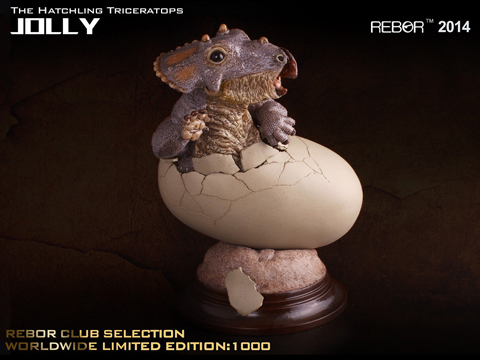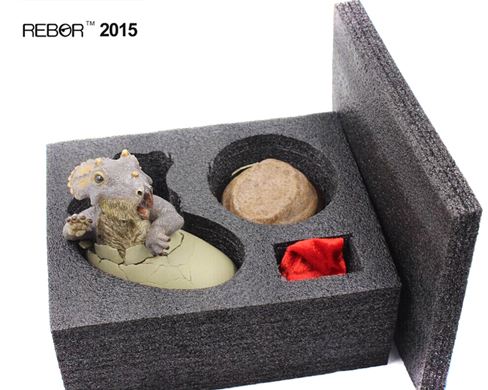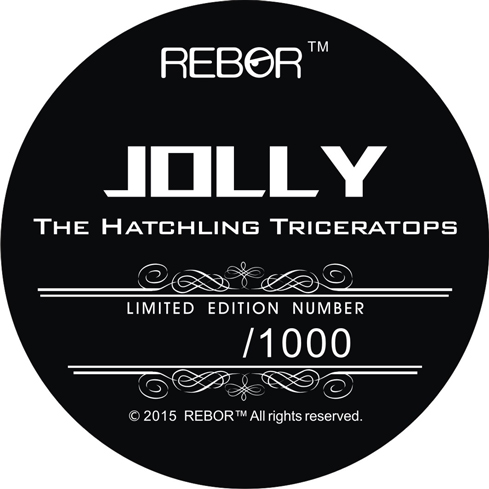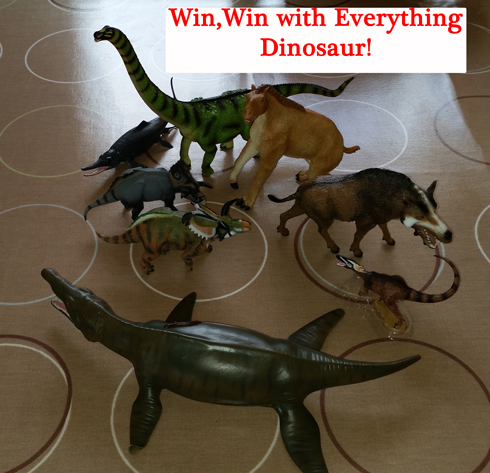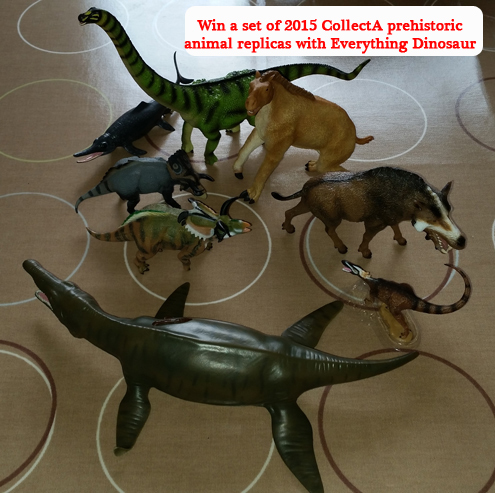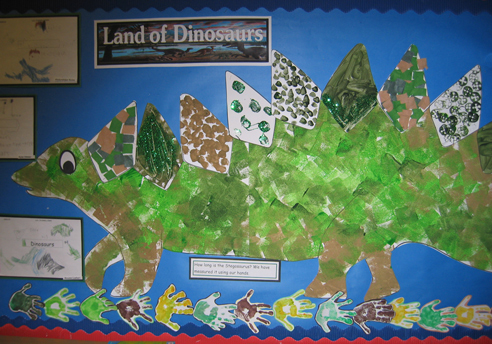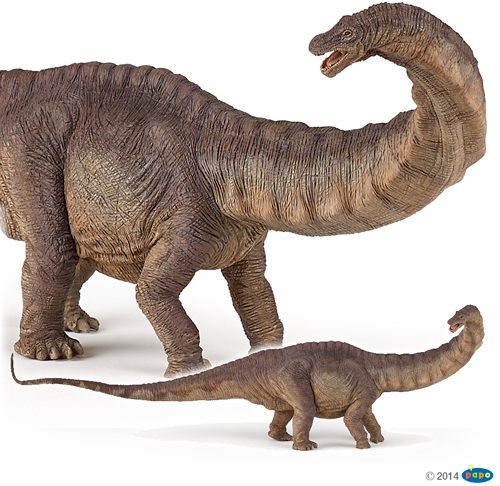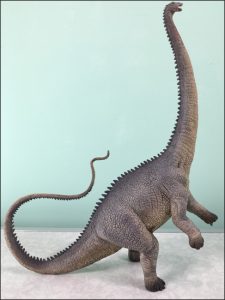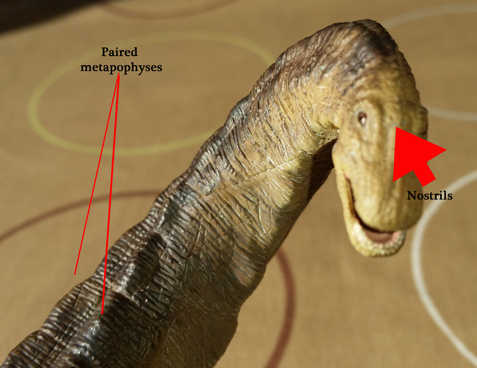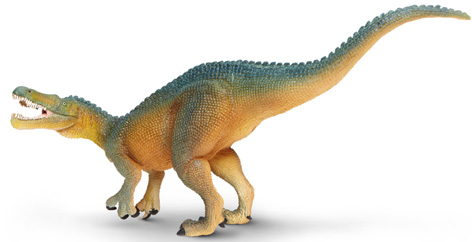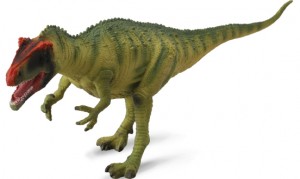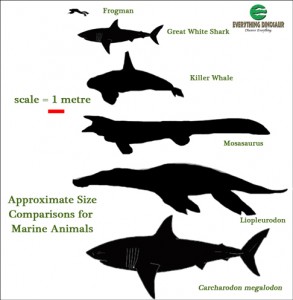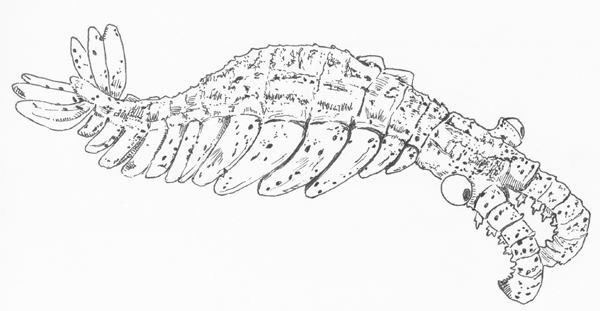A Miocene Crocodile Community – from Prehistoric Peru
It’s not just Paddington Bear that heralds from Peru, a team of international scientists writing in the academic journal the “Proceedings of the Royal Society B” have published a paper that describes a rich and diverse wetland ecosystem that thrived thirteen million years ago, jam packed with co-existing crocodylians. North-eastern Peru was covered in an extensive tropical wetland during the Middle Miocene Epoch (Serravallion faunal stage), at least seven different species of ancient crocodile lived in this habitat, three of which are entirely new to science. The crocodile fossils have been excavated from two highly fossiliferous bone beds that document life in South America prior to the formation of the Amazon basin and its rainforest.
Prehistoric Peru
As much of north-eastern Peru is now covered in tropical, lowland forest, exposed outcrops of sedimentary rocks are rare, however, a team of researchers from the University of Montpellier, Toulouse University, the American Museum of Natural History, the Naturalis Biodiversity Centre (Holland) and the Department for Vertebrate Palaeontology at the Natural History Museum in Lima have spent more than a decade piecing together information about this ancient ecosystem, one in which a number of specialised crocodylians co-habited.
A Mid Miocene Hyperdiverse Crocodylian Community
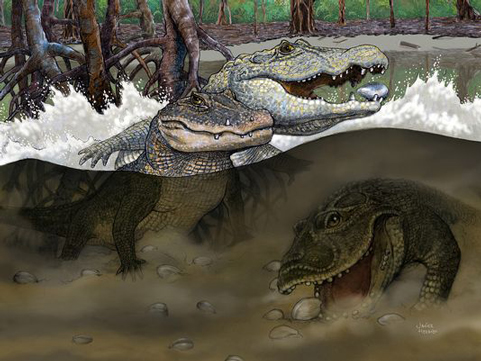
Hyperdiverse crocodylian community of Mid Miocene Peru.
Picture credit: Javier Herbozo
A Proto-Amazonian Swampland
The picture above illustrates the proto-Amazonian swampland of north-eastern Peru from around thirteen million years ago and three of the Crocodylians that lived in this habitat. Kuttanacaiman iquitosensis (left), Caiman wannlangstoni (right) and feeding on clams on the lake floor is the short-snouted Gnatusuchus pebasensis.
At Least Seven Different Species
The research team conclude that with the fossilised remains of at least seven different species present, this ecosystem represents the greatest concentration of crocodile species co-existing in one place at any time in Earth’s history, as recorded in the fossil record. In comparison, the Amazon rainforest today, is home to just six species of Caiman, but only three species are known to co-exist in the same habitats.
The scientists suggest that the huge range of different Molluscs, creatures such as land and pond snails as well as several types of clams enabled these different types of freshwater crocodile to specialise in feeding on a particular group. Although vertebrate fossils are rare in the exposed Peruvian Miocene strata, a vast assemblage of Mollusc fossils have been preserved.
Commenting on how this research has helped to fill in the gaps in our knowledge regarding the origins of the Amazon’s rich biodiversity, John Flynn, Frick Curator of Fossil Mammals at the American Museum of Natural History and a co-author on the scientific paper stated:
“The modern Amazon River basin contains the world’s richest biota, but the origins of this extraordinary diversity are really poorly understood.”
Compared to Extant Crocodiles
It seems that whilst today’s South American crocodylians are generalists eating a range of prey items, in the Middle Miocene a group of durophagous “shell-crunching” crocodiles evolved, to exploit the huge range of different types of Mollusc. Clams and snails now only make up a small portion of most Caiman’s diets.
John Flynn went onto add:
“Because it’s a vast rainforest today, our exposure to rocks and therefore, also to the fossils those rocks may preserve, is extremely limited. So anytime you get a special window like these fossilised “mega-wetland” deposits, with so many new and peculiar species, it can provide novel insights into ancient ecosystems. What we have found isn’t necessarily what you would expect.”
Other types of crocodiles known to have lived in this habitat include the bizarre Mourasuchus, a large reptile, that probably fed by filtering zooplankton and other small animals out of the water. The dangerous Purussaurus also inhabited the waterways. Attaining lengths in excess of eight metres, this was an apex predator that probably preyed on a range of animals including other types of crocodile.
Three Species Entirely New to Science
With three of the species new to science, it demonstrates the diversity of the Order Crocodylia. One of the most peculiar of all the new crocodile discoveries is Gnatusuchus pebasensis. This was a short-snouted Caiman with rounded teeth and it is thought that it used its snout to dig in the mud at the bottom of lakes and swampy areas to extract clams and other shelled creatures. The shells would have been smashed to pieces in the strong jaws with their specialised teeth, designed for crushing.
A Model of the New Prehistoric Caiman Species G. pebasensis
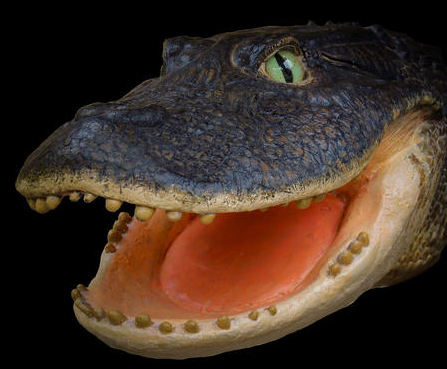
New species of ancient Peruvian crocodile.
Picture credit: Aldo Benites-Palomino
The model in the photograph above was made by Kevin Montalbán-Rivera.
An Island Continent
South America remained an island continent until around three million years ago. Isolated from the rest of the world, a unique fauna and flora evolved, including so it would seem a diverse group of crocodylians. The Amazon basin itself did not form with its extensive network of rivers until the Late Miocene, around 10.5 million years ago.
Today, the mighty Amazon drains eastwards into the Atlantic ocean, however, in the Middle Miocene, the lakes, wetlands and swamps drained to the north, through what is now Columbia and Venezuela. As the Amazon system slowly evolved, so it seems that the large numbers of molluscs and other shelled creatures began to decline, this led to the extinction of many of the different types of crocodile that relied on these creatures for food.
As well as the specialised clam feeders, the research team also discovered the first unambiguous fossil evidence of an ancestor of extant Caimans. This Caiman, named Pebas palaeosuchus (ancient crocodile of the Pebas Formation), had a longer snout better adapted for catching a variety of prey. It is this evolutionary design that triumphed over the broad but short-snouted crocodylians, giving rise to modern Caimans.
Rodolfo Salas-Gismondi, lead author of the paper and a graduate student of the University of Montpellier (France), explained:
“We uncovered this special moment in time when the ancient mega-wetland ecosystem reached its peak in size and complexity, just before its demise and the start of the modern Amazon River system. At this moment, most known Caiman groups co-existed, ancient lineages bearing unusual blunt snouts and globular teeth along with those more generalised feeders representing the beginning of what was to come.”
Fossil Evidence Indicates a Rich Hyperdiversity of Crocodylians
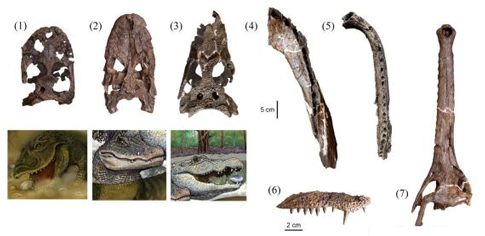
A hyperdiversity of crocodylians.
Picture credit: Rodolfo Salas-Gismondi
Different Types of Crocodile Inhabiting the Ecosystem
Since 2002, the research team have built up a detailed picture of the various different types of crocodiles that inhabited the ecosystem, as preserved in bone beds associated with the Middle Miocene-aged Pebas Formation. The skull and jaws, depicted above show the specialist adaptations of the different species.
Key
- Gnatusuchus pebasensis – probably fed on molluscs
- Kuttanacaiman iquitosensis – probably fed on molluscs
- Caiman wannlangstoni – probably fed on molluscs
- Purussaurus neivensis – large, apex predator feeding on other vertebrates
- Mourasuchus atopus – filter feeder
- Pebas palaeosuchus – a generalist, more typical of extant Caiman
- Pebas gavialoid – probably fed on fish
Reconstructions by Javier Herbozo.
All these different types of crocodylians, but alas, it seems, the scientists have not identified a species that could have fed on Paddington Bear’s ancestors, or even marmalade sandwiches for that matter.
Everything Dinosaur acknowledges the assistance of the American Museum of Natural History in the compilation of this article.


